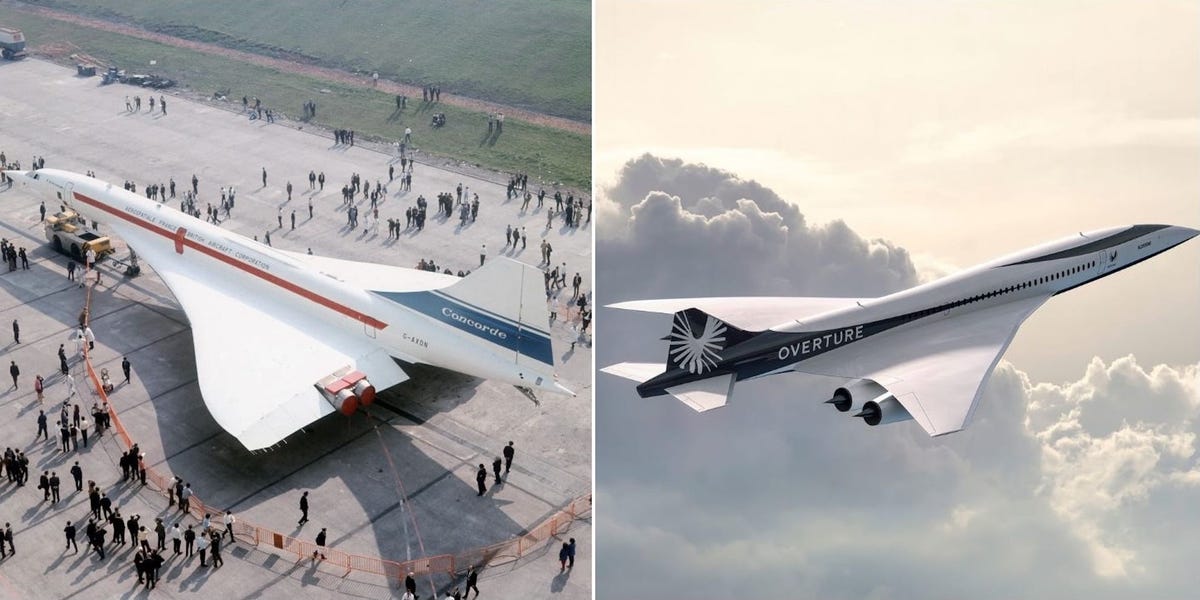Silent Supersonic: The Startup Promising to Revolutionize Air Travel Beyond Concorde's Legacy

A new aviation startup is breathing fresh life into the legendary Concorde, aiming to resurrect supersonic travel for a new generation of adventurous travelers. Unlike its predecessor, this modern incarnation promises to eliminate the thunderous sonic boom and astronomical ticket prices that once made the original Concorde an exclusive luxury.
The ambitious project seeks to make supersonic flight accessible and exciting again, targeting travelers who dream of cutting international travel times dramatically without breaking the bank. By leveraging advanced aerospace technologies and innovative design, the startup hopes to create a sleek, efficient aircraft that can whisk passengers across continents in a fraction of the traditional flight time.
Gone are the days of $20,000 tickets and ear-splitting noise pollution. Instead, this next-generation supersonic jet aims to offer a more sustainable, affordable, and environmentally conscious approach to high-speed travel. Travelers can look forward to experiencing the thrill of supersonic flight without the drawbacks that grounded the original Concorde.
As aviation technology continues to evolve, this startup represents a bold vision of reconnecting the world through faster, smarter, and more accessible air travel. The dream of crossing oceans in mere hours is once again taking flight, promising to transform how we think about global transportation.

